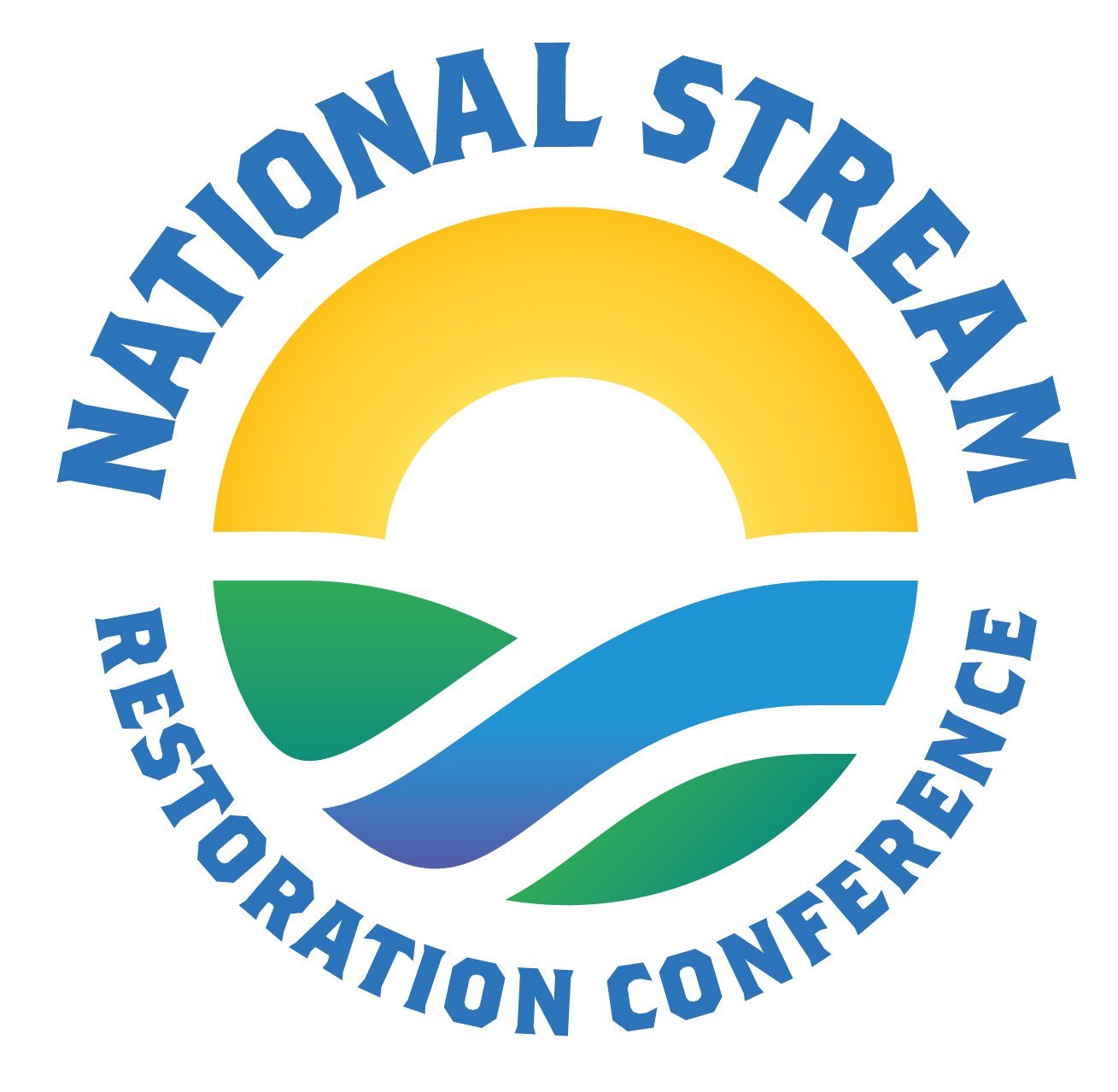The Forgotten Past of Mid-Atlantic Streams
Justin Spangler, PE
LandStudies, Inc.
Lititz, PA
Author: Spangler, Justin
Land use changes over the past three centuries have profoundly shaped the form and function of streams throughout the Mid-Atlantic region. Many contemporary assessment methodologies fail to account for the natural condition or the historical land use changes, focusing instead on recent changes and current conditions. This oversight limits our ability to fully understand natural stream behavior, stream degradation, hydrologic alterations, and sediment transport dynamics.
This presentation will explore how past land use changes from colonization, industrialization and urbanization has left evidence of these changes in today’s landscape. Deforestation, agriculture, mill dam construction, industrialization and urbanization from the 18th and 19th centuries continue to influence stream morphology, water quality, and ecological health today. By integrating historical land use observations into modern stream assessments, we can improve restoration recommendations and develop comprehensive approaches to improve watershed resilience. It is essential to recognize the long-term effects of past land use when planning effective conservation and management efforts - not just in the Mid-Atlantic, but worldwide.
About Justin Spangler, PE
Justin is a Senior Associate at LandStudies, specializing in the assessment, design and implementation of Floodplain Restoration projects. His design philosophy employs the application of historical and geomorphic evidence to identify impairments stream and floodplain impairments. This information is used as a benchmark to return aquatic resources to their maximum ecological potential. He manages cutting edge restoration projects that challenge the traditional expectations of ecological restoration, producing multiple projects with documented use by Threatened and Endangered (T&E) Species of plants and animals.
Mr. Spangler also develops and presents interdisciplinary training, interactive virtual engagements, novel infographics and hands-on educational opportunities ranging from citizen scientists to subject matter experts. These materials combine concepts in historical land use changes, geomorphology, biology, chemistry and hydrology into relatable touchstones that can bridge academic concepts into everyday interactions with the environment.
www.linkedin.com/in/justin-spangler-pe-2821b017

